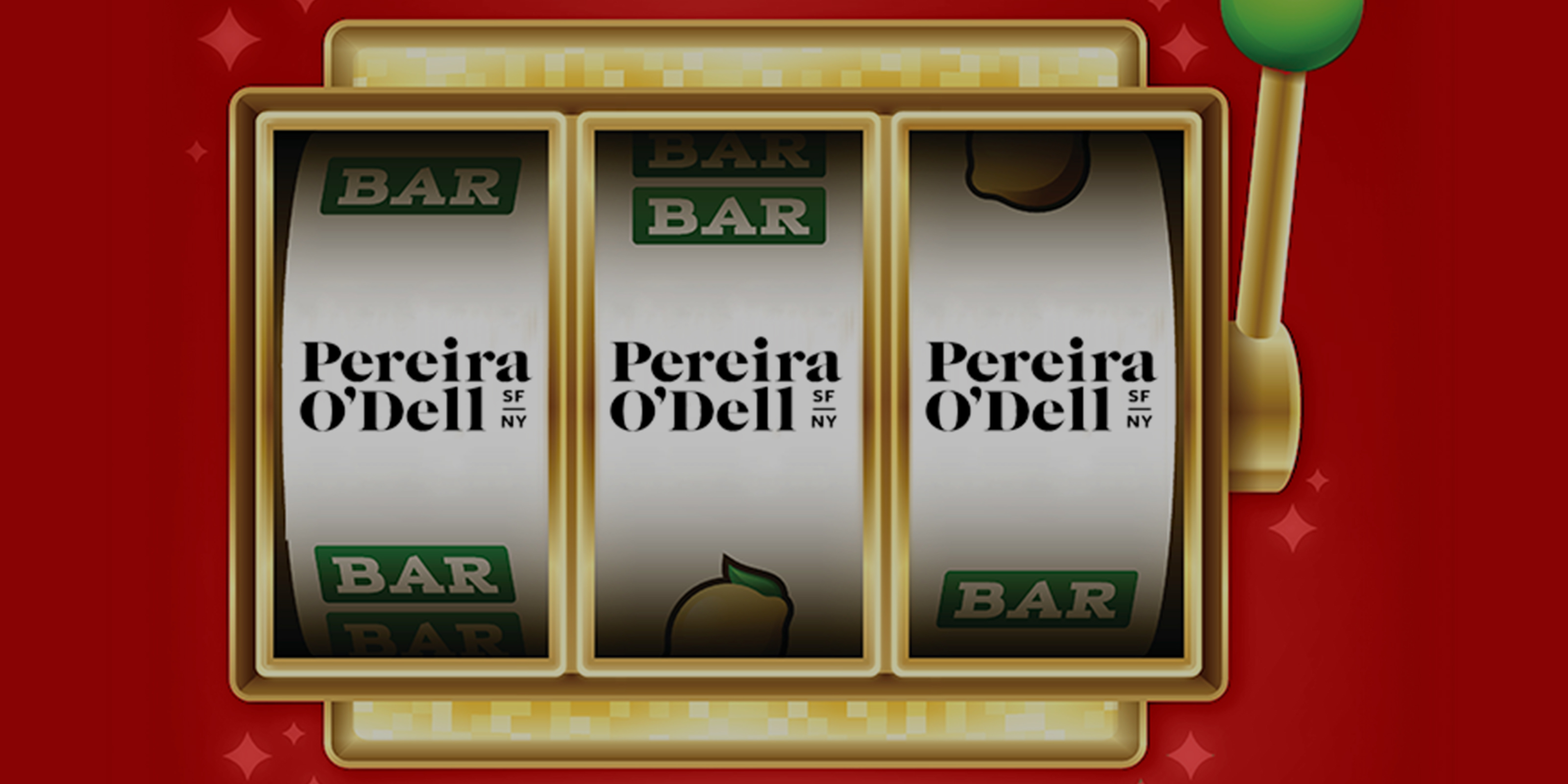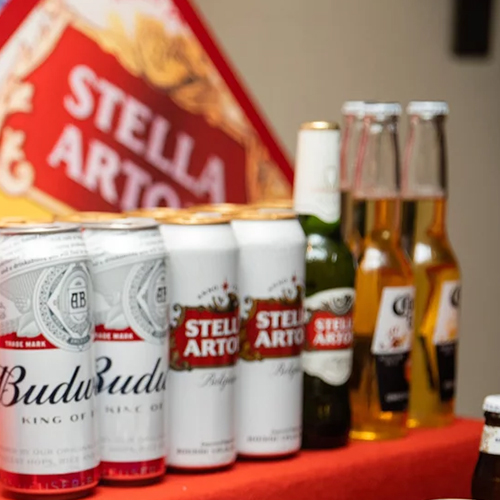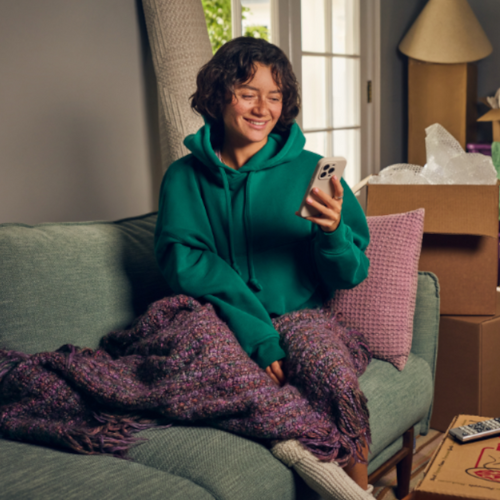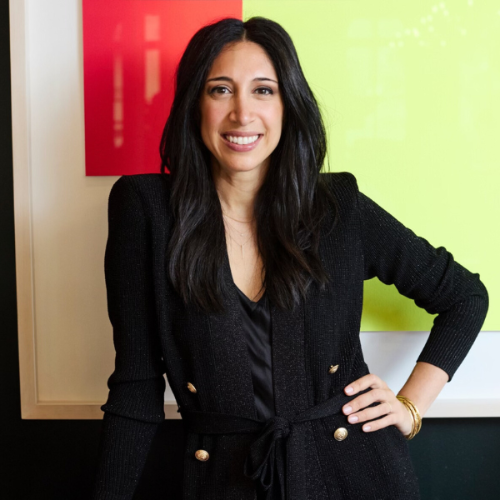Key insights: Becoming a bicoastal agency, instead of having two offices, has made for stronger teams. The agency used small teams to solve problems, avoiding too many cooks in the kitchen.
Back in the early 2010s, one agency started winning new business. Then, it started winning even more business, to the point that mcgarrybowen became the shop that could do no wrong. It got so out of hand that, in one of the lighter moments in agency battles, Droga5 announced that it had given the agency its holiday card business.
Agencies, as changing entities, can find themselves on winning streaks. And while it’s an intoxicating ride, it’s incumbent upon them to ensure that they’re not only winning business but keeping and growing it as well.
With some echoes of mcgarrybowen’s famous streak, Pereira O’Dell (POD) creative chairman PJ Pereira noted on LinkedIn that his agency managed to snap up 10 wins in 100 days. It was a mix of new business and expansions of duties for brands like AB InBev, Zelle, Adobe (which the agency defended in a review), Intel, Lucky Brand and others.
Pereira, who recently relocated to New York, noted that POD hit a rough patch last year and took a look inward to see where the agency could change. Coming out of it was a core philosophy: Instead of two offices, POD would be a bicoastal agency with offices in New York and San Francisco that are more closely connected.
Adweek caught up with Pereira and POD’s managing director in New York, Mona Gonzalez, to find out what else helped the agency catch such a tailwind.
This interview has been edited for length and clarity.
Have you ever experienced a run like this?
Mona Gonzalez: In the past, we felt like it’s been a good stretch if there are two or three [wins]. But the volume and velocity of all of this is something I haven’t experienced before. I think the piece that makes it feel really rewarding, too, is equally growing [existing] business and new pitches and clients as well.
There have been some internal changes in the past year. What, specifically, has that done to help?
PJ Pereira: Ultimately, it was one change, going from two offices to having one bicoastal operation. There are things that the culture of the industry in New York does well and things that the culture in San Francisco does well. Before, we had two operations that were trying to do their own things to try to outdo the other one. Now, we’re determining the right combinations of people from both offices, whether it’s pitching or working on accounts, for example.
Gonzalez: You hear a lot of conversation about “one agency, one office.” Philosophically, everyone nods their heads. But I think where the real truth is in when you actually try and operationalize it. I believe everyone can believe philosophically it’s a good direction, but when you actually put it into practice, there was a lot of blood, sweat and tears. Making that vision work is definitely the most challenging part of it. We still haven’t nailed every single piece, but I think we’ve made some excellent progress.
Change can be bumpy. What have you learned along the way so far?
Gonzalez: The best way to make this work, and the most honest way to manage it all, is all about transparency and communication. The changes at first were small, so we could see if they work. But we want to hear from people and are going to figure this out together. These decisions weren’t being made without them, and they were, and are, part of the strategic process in building the vision.
So back to 10 wins in 100 days. Was there a common thread you were hearing from brands? Was there something internally you noticed that helped get the agency over the finish line?
Pereira: I think there was more consistency in how we were doing it. We used small teams to dig really deep into the problem and find the best solution without getting too many people on our side involved.
Are you changing the way that you approach pitching now?
Gonzalez: All of the wins are creative, meaning that we’ll be the lead creative agency, whether it’s as AOR or on a project basis. But they are based equally on strategy and creative, and that’s something that is working well. To PJ’s point, picking the right people on each pitch comes through in the meetings [with brands]. Where we’ve flourished has been not necessarily the traditional pitch, though we do well on RFPs. But a big part of this, too, is that these are ambitious clients, and more are coming to us.
Pereira: One thing that I’ll add is that we’ve organized the way that we present. If you look at it, there are three types of work: the everyday work that clients rely on; there’s advertising that we get jealous of that works in culture in a moment; and the third is legacy work that will endure over time and be remembered. We do all three, but now we have those three conversations separately instead of together. This allows us to be more disciplined in how we present it and, ultimately, how it will be executed.







